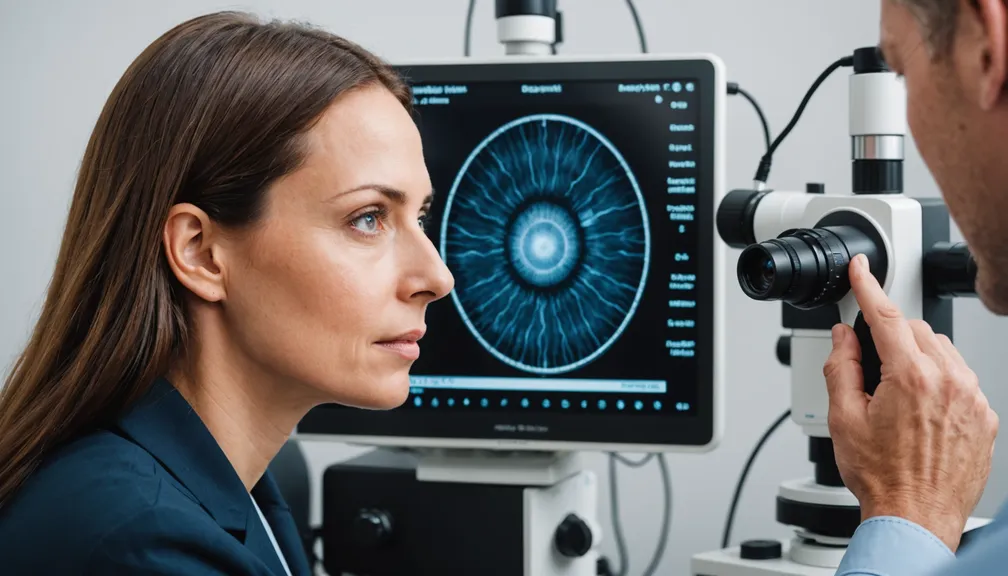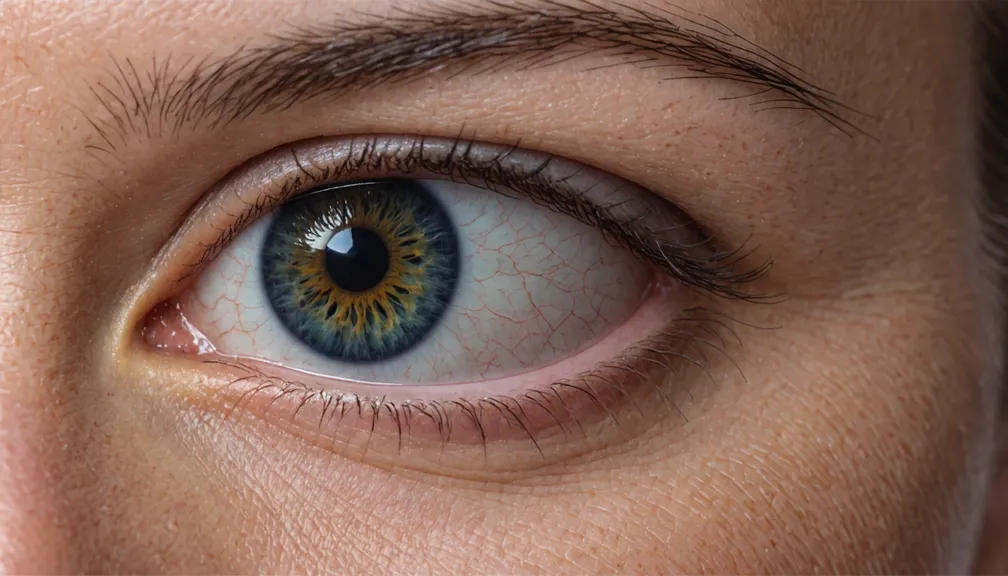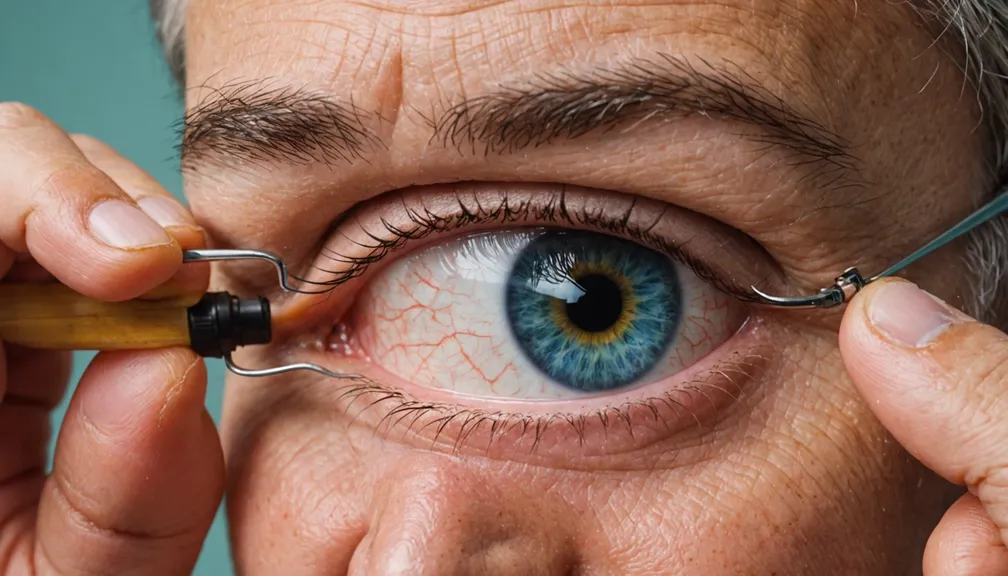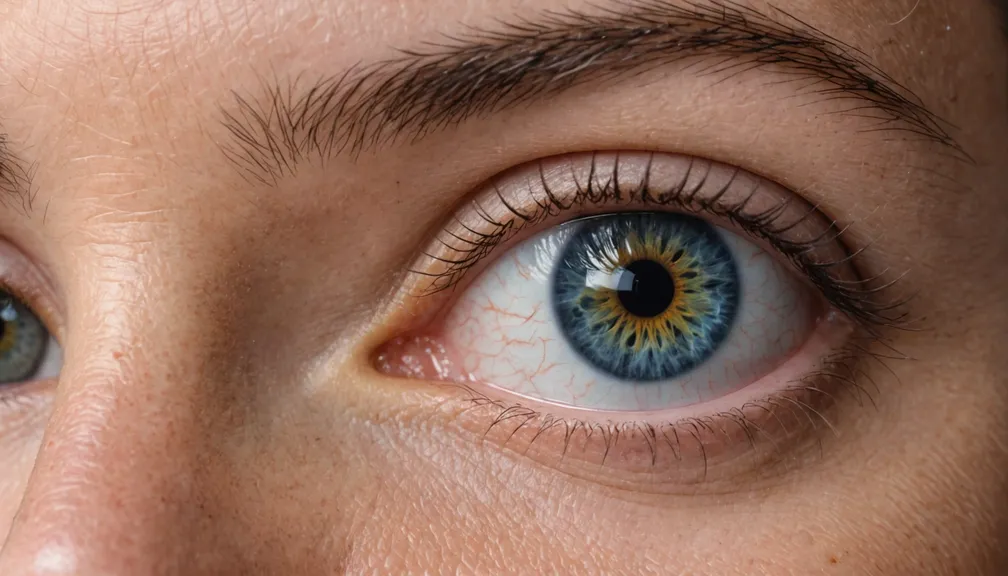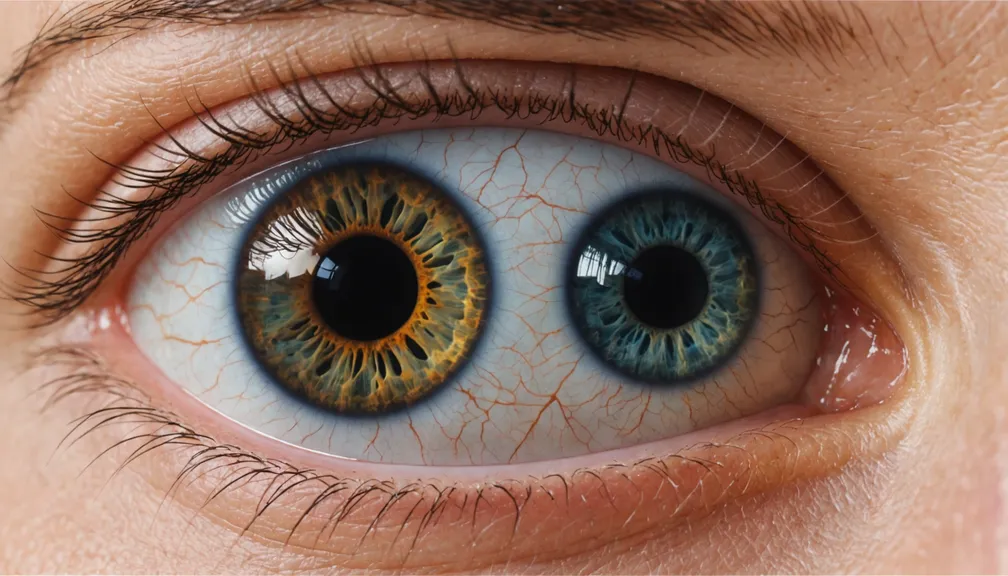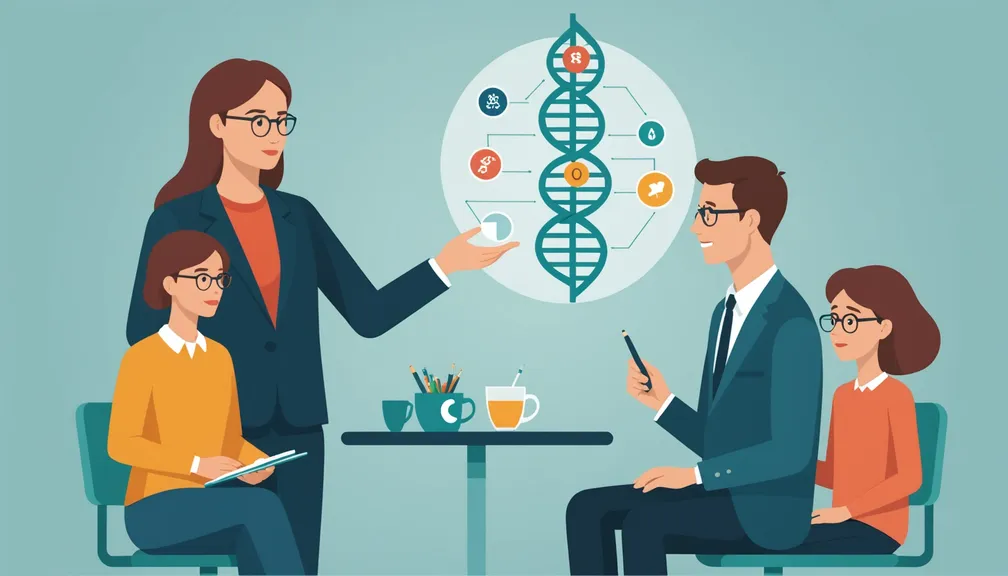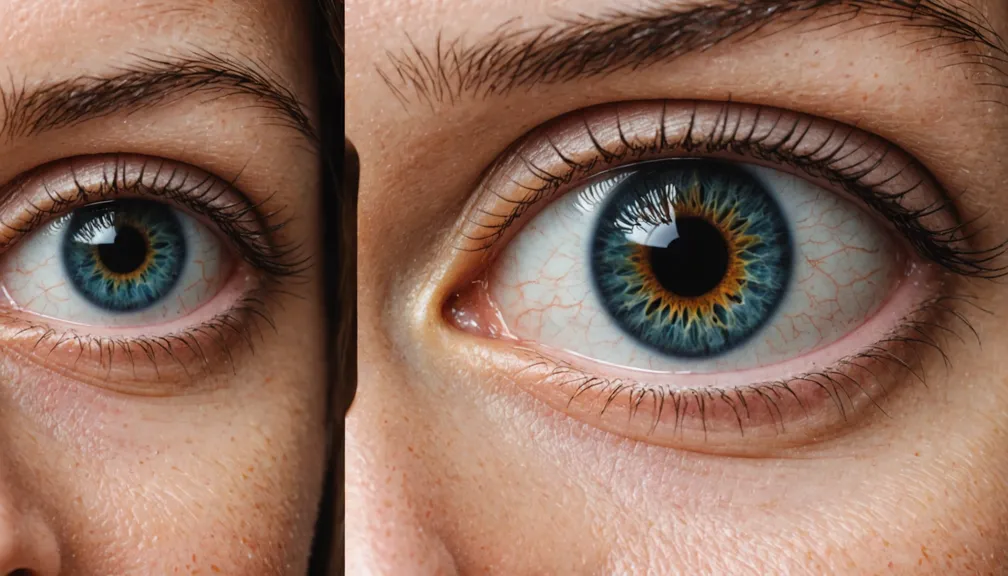Treatment Options: Current Therapies and Research
Understanding the treatment options available for rare eye diseases can empower patients and their loved ones to make informed decisions. This lesson explores the current therapies, ongoing research, and the health professionals who can support you on this journey.
1. Current Treatment Therapies
1.1 Medications
- Vitamin Supplements: Certain rare eye diseases, like retinitis pigmentosa, may benefit from specific vitamin supplements that slow disease progression.
- Topical Treatments: Eye drops or ointments can help manage symptoms such as inflammation or increased eye pressure.
1.2 Gene Therapy
- How It Works: Introduces healthy copies of genes to replace defective ones responsible for the disease.
- Examples:
- Luxturna for Leber's congenital amaurosis.
- Benefits: Targets the root cause of genetic eye diseases, potentially restoring vision or halting deterioration.
1.3 Stem Cell Therapy
- Purpose: Aims to replace damaged retinal cells with healthy ones derived from stem cells.
- Current Status: Still largely experimental but showing promise in early trials for conditions like macular degeneration.
1.4 Retinal Implants
- Function: Devices like the Argus II provide electrical stimulation to the retina to produce visual signals.
- Eligibility: Typically considered for individuals with severe vision loss who meet specific health criteria.
1.5 Low Vision Aids
- Tools: Magnifying glasses, specialized telescopes, and electronic devices help maximize remaining vision.
- Goal: Enhance daily living activities and improve quality of life.
1.6 Surgical Interventions
- Procedures: Correction of anatomical abnormalities or removal of obstructions that may contribute to vision loss.
- Examples: Vitrectomy for retinal detachment or cataract surgery to remove cloudy lenses.
2. Emerging Research and Future Therapies
2.1 Advanced Gene Editing
- CRISPR-Cas9 Technology: Offers precise editing of genes to correct mutations causing eye diseases.
- Potential: Could lead to permanent cures for genetic eye conditions.
2.2 Neuroprotective Agents
- Objective: Develop drugs that protect retinal neurons from degeneration.
- Impact: May slow down or prevent the progression of diseases like glaucoma and retinitis pigmentosa.
2.3 Bioengineered Retinas
- Innovation: Creation of artificial retinas using bioengineering techniques.
- Advantage: Could restore vision by integrating with the patient's existing neural pathways.
2.4 Personalized Medicine
- Approach: Tailoring treatments based on an individual’s genetic makeup and specific disease characteristics.
- Benefit: Increases the effectiveness of therapies and minimizes adverse effects.
2.5 Clinical Trials
- Participation: Engaging in clinical trials provides access to cutting-edge treatments and contributes to scientific knowledge.
- How to Participate: Consult with your healthcare provider or specialized research centers for opportunities.
3. Multidisciplinary Health Care Team
Managing rare eye diseases often requires a team of specialized health professionals:
3.1 Ophthalmologists
- Role: Medical doctors specializing in eye and vision care, including surgery and treatment of eye diseases.
3.2 Genetic Counselors
- Function: Provide information and support regarding genetic aspects of eye diseases, including inheritance patterns and family planning.
3.3 Optometrists
- Services: Offer vision testing, prescribe corrective lenses, and detect early signs of eye conditions.
3.4 Low Vision Therapists
- Assistance: Help patients adapt to vision loss through training and the use of assistive devices.
3.5 Psychologists or Counselors
- Support: Address the emotional and psychological impact of living with a rare eye disease.
3.6 Rehabilitation Specialists
- Focus: Aid in the development of skills and strategies to maintain independence and quality of life despite vision impairment.
4. Accessing Support and Resources
4.1 Support Groups
- Benefit: Connect with others facing similar challenges, share experiences, and gain emotional support.
4.2 Educational Programs
- Purpose: Provide information about managing eye conditions, available treatments, and daily living strategies.
4.3 Financial Assistance
- Options: Explore grants, insurance coverage, and nonprofit organizations that offer financial support for treatments and assistive devices.
Navigating the landscape of rare eye diseases can be complex, but with the right information and support, patients and their loved ones can effectively manage the condition and maintain a high quality of life.
